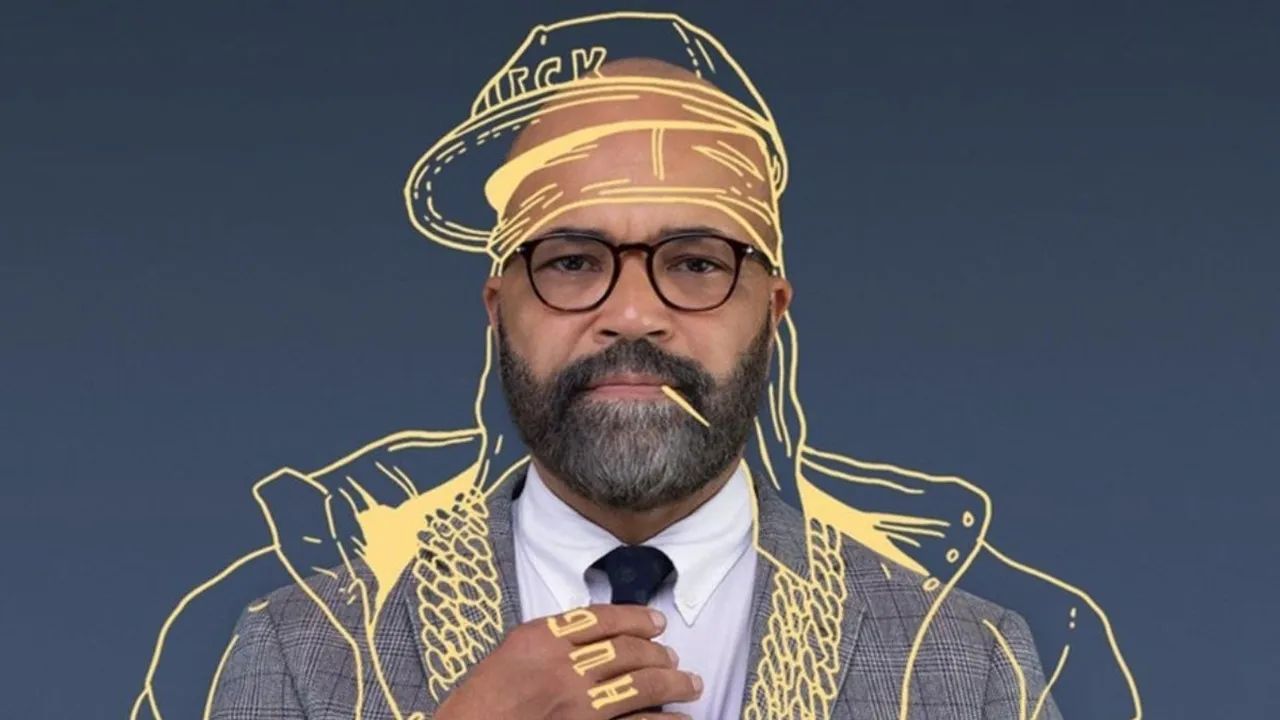Listen to this story
I was a graduate student earning a doctorate in African-American Literature when I read Percival Everett’s 2001 novel “Erasure,” in which a Black writer responds to pressures from publishers and readers to perform a particular Blackness by publishing an anonymous parody. When I recently saw the film adaptation, “American Fiction,” 23 years later, I felt both relieved and disheartened. Finally an adaptation of such an important American novel, still salient and boundary-pushing all these years later.
But seriously — all these years later?
“Erasure” and “American Fiction” — directed by Cord Jefferson and nominated for five Academy Awards, including best picture, best actor in a leading role (Jeffrey Wright) and best adapted screenplay — center on Thelonious “Monk” Ellison, a phenotypically Black novelist and scholar whose interests in woodworking and semiotics are deemed “too white” by his publisher for his prospective audience. Ellison is accused of performing, or imitating, whiteness. The way that he is Black threatens the culturally sanctioned ideal of a pure, distinct, differentiated and natural whiteness, in that his Blackness looks like whiteness. In response, white figures around and above Ellison lead him to perform a particular form of stereotyped Blackness — a ghettoized Blackness perpetuated by films and popular culture — which feels to Ellison like passing as Black. Create a free account to continue reading Already a New Lines member? Log in here Create an account to access exclusive content.



